























































































































































































Clarisco requests your action to continue
The above mentioned products are used only for clear understanding. We don't have control of the brand and are not doing direct & indirect partnerships with them. We are also not doing promoting activities for them.
Solana is the fastest blockchain in the world and is an aggressively growing ecosystem in crypto, with more number of projects spanning DeFi, Web3, NFTs, and more. Solana - a new blockchain that mainly focuses on performance and it supports smart contracts like Ethereum called programs.
The mission of Solana is to support all high-frequency and high-growth applications and to democratize the world’s financial system. So, let’s start from scratch
Typically, a Smart Contract is a self-rendering piece managed by P2P network devices. Smart Contract provides an enforcement and coordination framework for agreements between network stakeholders without any intervention of third parties or conventional legal contracts. They are often described to formalize simple agreements among parties, develop digital assets, or support organizational processes.
From the user's point of view, Smart Contract works like a vending machine. You will choose a product that you like to have, like a contract, ownership form, or anything else. Once you have entered the right amount of digital currency, you will get the product delivered right to your hand. Within this contract itself, specifications and enforcement rules are registered and they will be enforced automatically.
The autonomy of smart contracts is to eradicate the need for a third-party intermediary. They also provide trust, because no one can lose or steal documents since they are encrypted and stored on a shared ledger. Moreover, you don't need to depend on the second party you are dealing with or require them to trust you. Additionally, you also can save money on advisors, real estate agents, assistance, etc. It is also more efficient and safer, Smart contracts save you a lot of time because you are no longer stuck on complicated processes.
Solana - a decentralized blockchain that is unique for its proof of History (PoH) consensus technique, which is essentially a proof of stake but with the addition of a time component. The utilization of PoH is to encrypt the passage of time in an append-only data structure into a ledger.
The blockchain must agree on a timestamp before submitting to a block. Moreover, nodes must interact front and back to ascertain the timestamp until they decide, which might take longer. Solana devised a technique that includes PoH to preserve timestamps so that nodes do not have to wait to agree on a time. They also have a piece of cryptographic evidence for it.
Solana has boomed as an attractive technology that is an alternative to Ethereum due to its cost-effective features. Hence, this article is not to deliver the difference between Ethereum and Solana rather it gives a general understanding of why Solana is gaining popularity quickly?
Architecture of Solana Smart Contract :
The workflow of Solana development is of two different types namely dApps and smart contract development. Smart Contracts also called programs, are developed with programming languages like C, C++, and Rust. Programs that are deployed on-chain and run with the feature known as “Solana runtime”
Solana works completely with different smart contract models compared with other conventional EVM-based blockchains. The state and code are gathered into a single contract in the case of traditional blockchain whereas smart contracts are stateless and contain just the logic of the program in the case of Solana.
Smart contracts developed on Solana can be accessed by external accounts that communicate with the program to store data related to program interaction. In this way, the logical separation of state and contract code takes place in differentiating the development of Solana smart contract from EVM-enabled blockchains.
Solana also comes with Command Line Interface (CLI) and JSON RPC API to enhance the interaction with dApps. Moreover, dApps also interact with Solana programs and Blockchain using the existing SDKs.
Workflow of Solana Smart contract :
Typically, the architecture of the Solana smart contract has two different sections: the program section and the client section. As all we know, the client creates a program with their known coding language, and then compiles it together with something called LLVM and sends it to Solana bytecode. LLVM defines as a low-level Virtual machine used for compiling technology and provides the collection of the reusable and modular compiler along with the blockchain technologies in name of the LLVM project.
The workflow process of smart contract on Solana is described :
The program section enables the user to develop a smart contract with C, Rust, and C++ and build them on the blockchain.
To utilize the Solana programs, users must create dApps with the help of client JSON RPC API and SDKs after completing the Solana Smart Contract development.
The client section allows the user to create a decentralized application to interact with developed programs. The decentralized application will collaborate with deployed programs by submitting the transactions through client SDK.
Both the program and client section will work together to form a network of decentralized applications and smart contracts that can interact with each other to update the Blockchain position.
An overview process of Solana Smart contract Development
The development process of the Solana Smart contract might be thorny yet challenging for cryptopreneurs. However, there are countless factors to consider while beginning with the development of Solana Smart Contract, the following are some of the crucial steps that will help you to get started:
Step 1: Establish Solana Development Environment
Constructing a Solana development environment for the first time might be challenging. Moreover, the users may find it tedious to compile and run the code for smart contracts on windows. So, it is suggested to install Anchor: A skeleton designed specifically for Solana’s sea-level run time that comes with several convenient developer tools.
Step 2: Design Localnet Cluster
Once you completed the Anchor framework installation, the next process is to develop a localnet cluster. A Validators set will work together to maintain the integrity of the ledger and serve client transactions. It is impossible to run a Solana program without a cluster. Testnet, Devnet, and mainnet are the three clusters used to run the Solana program.
Step 3: Compose a program
After setting up Anchor and localnet clusters, it is the perfect time to deploy the Solana program. Users can develop their new program in Anchor’s CLI (Command Line Interface). Users can also modify or alter their programs using CLI.
Step 4: Deploy and Audit the program
The final step is to deploy the written program to find errors and bugs. Anchor allows the user to validate a program using an integration test in a programming language other than Rust to make sure that bugs related to syntax misunderstandings could be detected easily. Additionally, program auditioning will also help you to detect potential and existing errors, complication issues, security flaws, and more to ensure code quality. After performing the programming test, you can set up your smart contract on Solana.
Why does your business need Smart Contract application development services?
Smart contracts provide an automation level that allows prodigious efficiency and reduction of cost throughout the business operations.
Disintermediation
Smart Contracts enable parties to enter into agreements while eliminating third-party involvement.
Real-time Execution
The execution of smart contracts takes place simultaneously across participating computers, once the required criteria are satisfied.
Transparency
The information in the contract is visible to all participants in the blockchain network, thereby fostering an environment of trust.
Security
The distributed ledger is securable and immune to alterations, thus enhancing the security paradigm.
Accuracy
Eliminate human error by automating record-keeping, storage, and retrieval.
Advantages of Solana Blockchain development
Below-listed is some primary benefits of deploying smart contracts on Solana:
High speed
Low Cost
Minimum Network congestion
Environment friendly
Greater security and transparency
Enhanced Scalability
Get Rid Of The Tedious Work: Hire A Development Team
If you are new to programming, the above-mentioned process might seem quite perplexing. Even if you are familiar with basic programming languages, you might run into a hitch in the mid of the development process. This is why it is always better to get in touch with a Solana smart contract development company. Being experienced in developing numerous crypto-powered projects, Clarisco solution can seamlessly develop and launch your Solana smart contract blockchain network into the global crypto arena. Not only that. We also develop a much more sophisticated project in no time. Get in touch with a prominent Solana Smart contact blockchain and boost your revenue stream today!
Our trustworthy and happy Clients

200+

served Clients with a happy smile
Awards & Recognition
We are extremely pleased that reputable publications around the world recognised our superior work.




We'd Love To Hear From You!
Know your requirement, our technical expert will schedule a call and discuss your idea in detail. All information will be kept confidential.
Skip the queue and book a call with our Founder

Founder, Clarisco Solutions Private Limited
With 12+ years of experience leading ventures in various industries, we guide businesses through digital transformation. We deliver Blockchain

Plot No. 29, 30, Iswarya Nagar,
Madakkulam, Tamil Nadu 625003, India
Business@clarisco.com +91 9442430551Monday-Saturday: 10am - 7pm
Sunday: Closed
